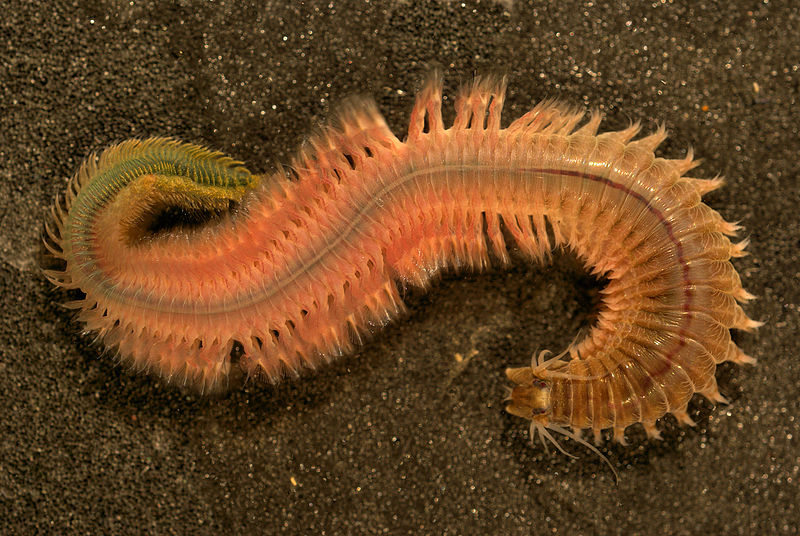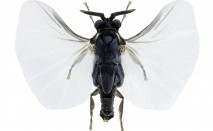
Category: Invertebrates

This family of polychaete worms contains about 500 mostly marine species. They can be found in all water depths – hiding under rocks, burrowing through mud, and foraging in seaweeds. They are generally omnivores but some species are actively carnivorous. When reproducing, ragworms morph into a new form known as an “epitoke” during which their digestive system may degenerate and all energy is diverted to reproduction – it dies after reproduction. This “epitoke” stage was once thought to be a different species.

Body horror in the insect kingdom
Learning about animals, you can discover many fascinating, even beautiful facts, but there are also things that can give you nightmares! Enter the strepsiptera (“twisted-wing parasite”). The adult female has no limbs, wings, or mouth - she simply lives in and feeds off her host (typically a wasp). When it becomes time to mate, she protrudes part of her abdomen from between the plates of her host and uses mind control to get the wasp to fly off to nearby males. Sexually mature males have wings, and fly around for about five hours before dying - spending their entire short existence seeking out females to mate with. After the female is impregnated, her own young grow and consume her. And once there is nothing left to eat, they leave their host wasp, infiltrate the nursery, and latch on to a larvae to create their own “zombie wasp” host and continue the grisly cycle!
Learn more >>
 Discover Animals is a web-based educational resource offered by the NAIA
Discover Animals is a web-based educational resource offered by the NAIA